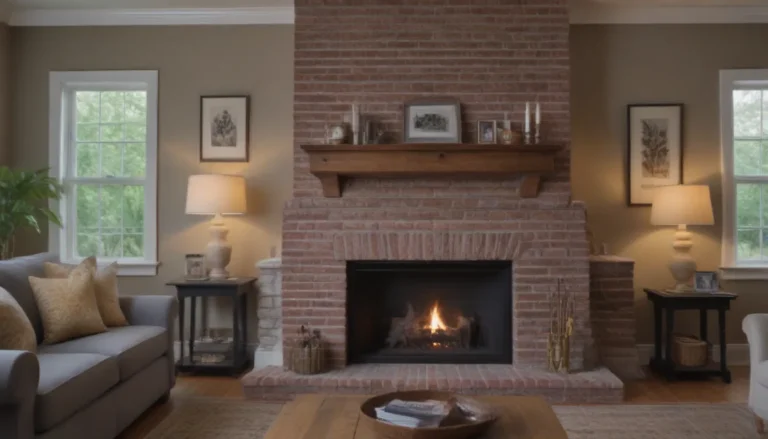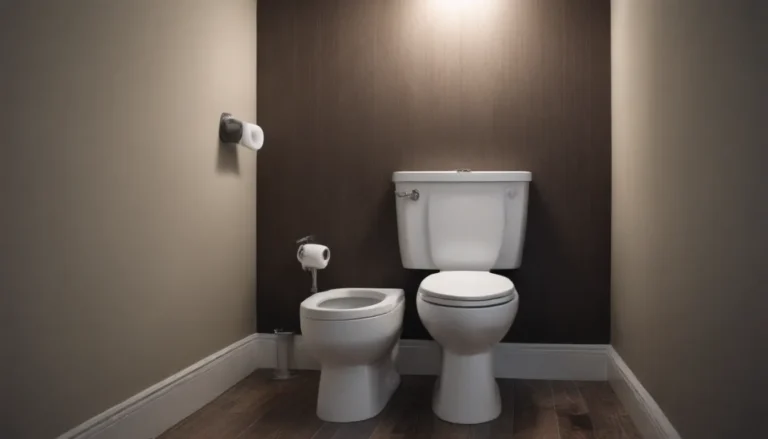Understanding Electrical Code Requirements by Room

When it comes to electrical work in your home, following the proper electrical codes is crucial to ensure the safety of you and your family. These codes are put in place to protect homeowners and residents, outlining the required practices for electrical installation in both residential and commercial settings.
In this comprehensive guide, we will delve into the electrical code requirements by room, focusing on the 2017 National Electrical Code (NEC) standards. It’s important to note that local codes may have variations, and it’s always best to check with your local building department for specific requirements in your area.
What Are Electrical Codes?
Electrical codes are essentially rules or laws that dictate how electrical wiring should be installed in residences. These codes are designed with safety in mind and can vary from room to room, ensuring that the specific needs of each space are met. While most electrical codes follow the NEC, local codes take precedence over national standards.
Bathrooms
Bathrooms are spaces that require special attention when it comes to electrical work due to the presence of water. The lights, vent fans, and outlets in bathrooms may need to be on separate circuits to handle the power load effectively. Some key requirements for bathroom electrical work include:
- Dedicated circuits for outlets
- GFCI protection for outlets
- Proper ventilation fan wiring
Kitchen
The kitchen is known as the heart of the home and also the room that uses the most electricity. Modern kitchens with standard appliances require multiple circuits to operate efficiently. Some kitchen electrical requirements include:
- Dedicated circuits for major appliances
- GFCI protection for outlets near sinks
- Adequate lighting for food preparation areas
Living Room, Dining Room, and Bedrooms
Standard living areas are relatively modest in terms of power usage, but they still have specific electrical requirements. These rooms are typically served by standard 120-volt circuits and may share circuits between rooms. Some considerations for these spaces include:
- Shared circuits for lighting and outlets
- AFCI protection for branch circuits
- Proper lighting placement for safety
Stairways and Hallways
Stairways and hallways play a crucial role in the overall safety of a home, especially during emergencies. Proper lighting is essential in these areas to prevent accidents and ensure easy navigation. Some electrical requirements for stairways and hallways include:
- Adequate ceiling lighting
- Properly placed light fixtures to prevent shadows
- AFCI protection for added safety
Closets
Closets have specific rules when it comes to electrical fixtures and their placement. It’s essential to follow these guidelines to prevent any safety hazards. Some closet electrical requirements include:
- Light fixtures must be enclosed
- Outlets must be placed outside the closet
- AFCI protection for closet circuits
Laundry Room
The electrical needs of a laundry room will vary depending on the type of dryer used (electric or gas). Proper wiring and outlet placement are crucial for the safe operation of laundry room appliances. Some key requirements for laundry rooms include:
- Dedicated circuits for washer and dryer
- Proper venting for dryer
- GFCI protection for outlets near water sources
Garage
Garages have their own set of electrical requirements to ensure safety and functionality. New construction garages are required to have at least one dedicated circuit to power the space. Some garage electrical requirements include:
- Dedicated circuits for garage door openers
- Exterior outlet wiring
- Proper lighting for safety
Additional Requirements
In addition to room-specific electrical requirements, there are some general standards that apply to all areas of a home. These requirements are put in place to enhance safety and prevent electrical hazards. Some additional requirements to keep in mind include:
- AFCI protection for branch circuits
- Tamper-resistant (TR) receptacles for added safety
- Compliance with the International Building Code
In conclusion, electrical code requirements by room are essential to ensure the safety and functionality of your home. By following these guidelines and staying up to date with the latest NEC standards, you can create a safe and efficient electrical system in your home. Remember, when it comes to electrical work, safety always comes first!





